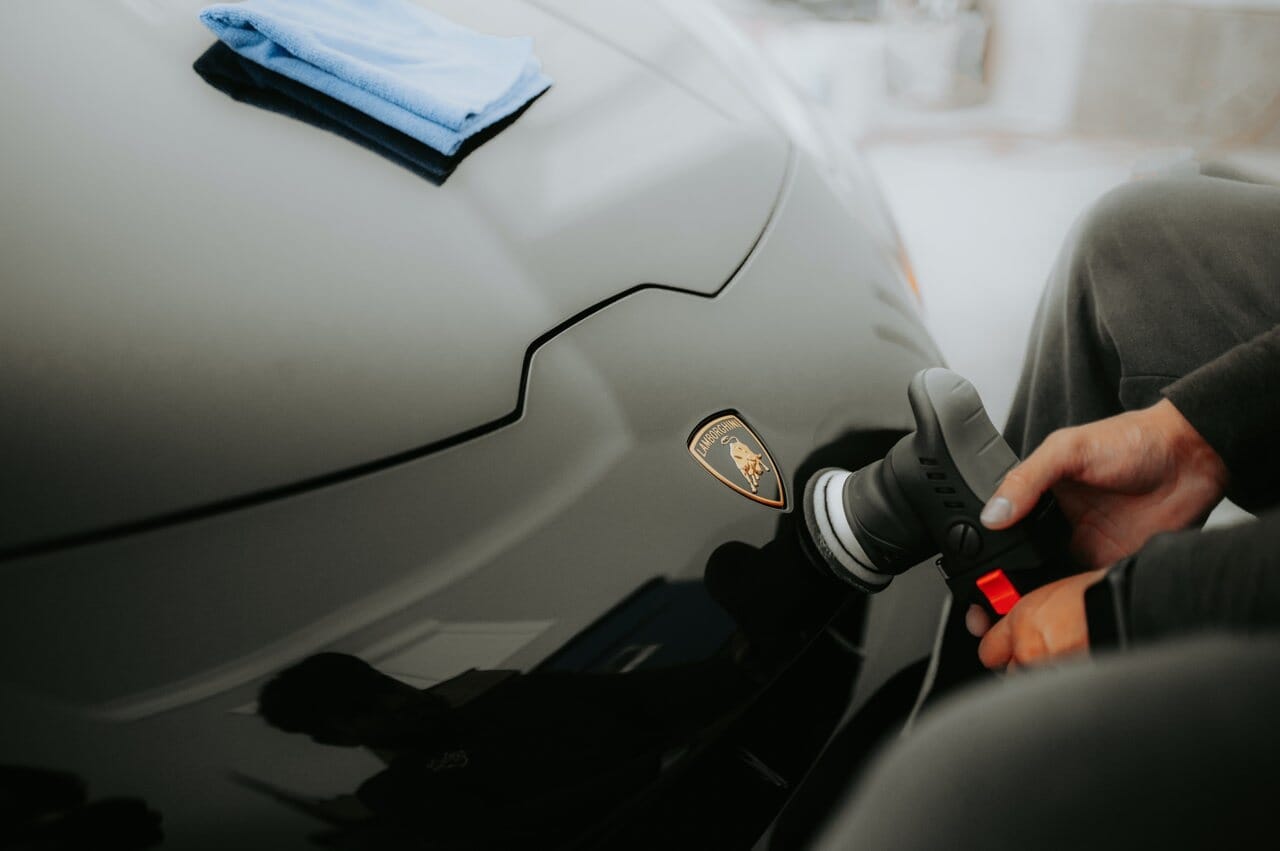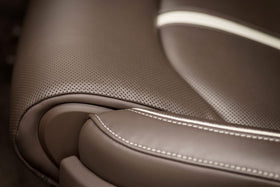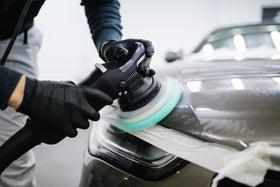
Rotary Polishers vs. Dual Action Polishers: Understanding the Differences
Polishing and buffing the surface of your car, boat, or other vehicles is an important aspect of maintaining their appearance. Whether you're a professional detailer or a DIY enthusiast, having the right tool is essential to achieving the best results. There are two main types of polishers to choose from: rotary polishers and dual action polishers. In this blog, we'll take a closer look at the differences between these two types of polishers, and help you understand which one is right for you.
Rotary Polishers
A rotary polisher uses a spinning motion to generate heat and friction, which helps to remove scratches and blemishes from the surface. It is a more aggressive tool and is often preferred by professional detailers because it can complete the job more quickly. However, it can also be more difficult to control than a dual action polisher, so there's a higher risk of causing damage to the surface if you're not experienced with using one.
Benefits:
- Faster and more efficient than dual action polishers
- Great for removing deep scratches and blemishes
- Preferred by professional detailers
Cons:
- Can be difficult to control
- Higher risk of causing damage to the surface if used improperly
- Not recommended for beginners or inexperienced users
Corded vs. Battery-Powered Rotary Polishers
Corded rotary polishers are powered by electricity and are connected to an electrical outlet through a cord. They typically offer more power and speed options than battery-powered rotary polishers and can handle larger, more demanding jobs. However, they are limited by the length of the cord and require access to an electrical outlet, which can make it difficult to use them in certain areas.
Battery-powered rotary polishers, on the other hand, are powered by rechargeable batteries and don't require access to an electrical outlet. They are more portable and offer greater flexibility and mobility, which makes them a good choice for use on vehicles or in other hard-to-reach areas. However, battery life can be a limiting factor, and battery-powered rotary polishers may not have as much power as corded models.
Dual Action Polishers
A dual action polisher uses a random orbital motion to avoid creating heat and friction. This makes it a safer choice for inexperienced users, as it's less likely to cause damage to the surface being polished. However, because it doesn't generate as much heat and friction, it can take longer to achieve the desired results.
Benefits:
- Safer than rotary polishers
- Less likely to cause damage to the surface
- Recommended for beginners or inexperienced users
Cons:
- Can take longer to achieve desired results
- Not as efficient as rotary polishers for removing deep scratches and blemishes
Corded vs. Battery-Powered Dual Action Polishers
Corded dual action polishers are connected to an electrical outlet through a cord and offer continuous power while in use. They typically have a stronger motor and can run for longer periods of time than battery-powered dual action polishers. However, they are limited by the length of the cord and require access to an electrical outlet, which can make it difficult to use them in certain areas.
Battery-powered dual action polishers are powered by rechargeable batteries and offer the same random orbital motion as corded models. They are more portable and offer greater flexibility and mobility, which makes them a good choice for use on vehicles or in other hard-to-reach areas. However, battery life can be a limiting factor, and battery-powered dual action polishers may not have as much power as corded models.
Final Thoughts
When choosing between a rotary polisher and a dual action polisher, it's important to consider your specific needs and the type of job you're doing. If you're a professional detailer, you may prefer the efficiency of a rotary polisher. If you're a beginner or inexperienced user, a dual action polisher may be a safer choice. If you're looking for a more portable option, a battery-powered polisher may be the way to go.
When it comes to corded vs. battery-powered polishers, the choice will come down to your preference for mobility and convenience versus power and speed. Both corded and battery-powered options have their own unique benefits and drawbacks, so it's important to weigh these factors before making a decision.
In conclusion, when selecting a rotary polisher or dual action polisher, consider your experience level, the type of job you're doing, and your specific needs for power, speed, and mobility. With the right tool, you'll be able to achieve professional results and keep your vehicles looking their best!






Leave a comment